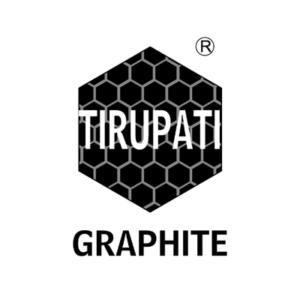Graphite, a naturally occurring carbon form, is known for its notable properties, including conductivity, resistance to high temperatures, and lubricating ability. These characteristics make it an invaluable material in various fields, each benefitting from graphite’s adaptability and unique advantages.
A primary industrial use of graphite is in metal manufacturing, particularly in the steel industry. Here, graphite serves as a lubricant, reducing friction in the high-temperature processes essential to metal production, ultimately increasing efficiency. It also strengthens cast iron, adding durability to final products. Due to its heat resistance, graphite is used extensively in the aerospace and automotive industries, where materials must withstand extreme conditions without compromising performance.
Graphite also plays a vital role in energy storage, specifically within lithium-ion batteries, which power numerous modern devices from mobile phones to electric vehicles. Serving as the anode, graphite enables the efficient movement of lithium ions during charging and discharging. As demand for electric vehicles grows and renewable energy sources are prioritised, the need for high-performing batteries rises, driving demand for graphite.
Beyond industrial and energy storage uses, graphite has a long-standing place in pencil production. Mixing graphite with clay produces a material with varying hardness, meeting educational and artistic needs. Its lubricating qualities, thanks to its layered structure, make graphite an ideal component for lubricants used in machinery and household products, performing well even under intense pressure and heat.
Additionally, graphite is frequently incorporated into composites for added strength and reduced weight. These composites are widely employed in sectors like aerospace, automotive, and sports equipment. When combined with plastics or resins, graphite creates materials that provide a high strength-to-weight ratio, often surpassing metals in performance and durability.
Graphite’s conductivity is also valuable in electronics, where it is used in electrodes, sensors, and transparent conductive films found in touch screens and displays. With ongoing advancements towards smaller, more efficient technology, graphite’s role in electronics is expected to grow, supporting further innovation in the sector.
Graphite’s remarkable versatility and properties make it indispensable across many industries. From strengthening metals and powering next-generation batteries to enhancing electronics and offering effective lubrication, graphite supports critical functions in modern technology. As industries evolve, especially in areas like energy storage and electronics, graphite’s applications will likely continue to expand, cementing its role as a fundamental resource in contemporary science and technology.


